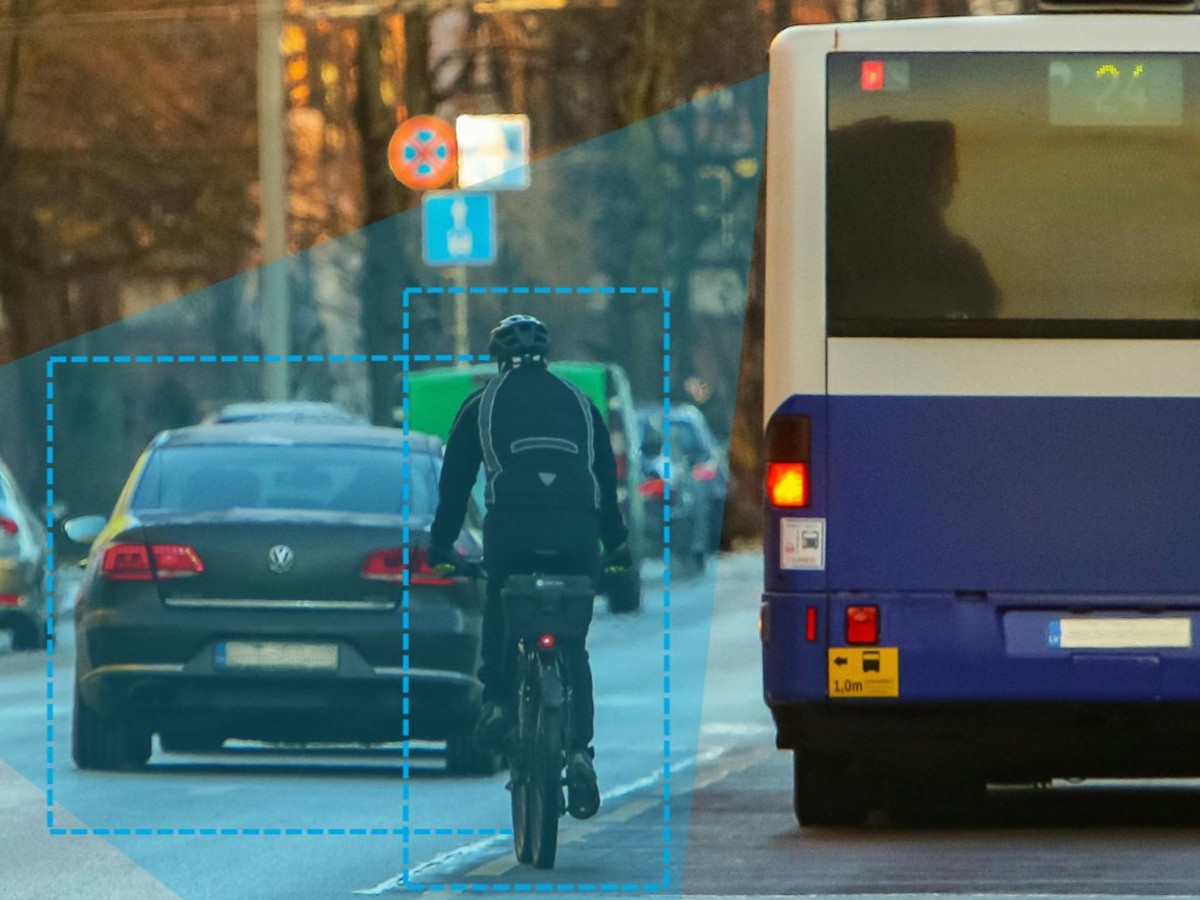Open office spaces have become a trend in the last few years, replacing floor plans with lots of sectioned off offices and overly-packed cubicle spaces. There are many advantages claimed to favor open office spaces, such as the feeling of an open environment and transparency (both literally and figuratively), which lead to improved productivity, better wellness among employees, and even energy savings.
But, of course, when considering these advantages, we can’t deny that there are some disadvantages to the open office movement. The real challenge is finding the best solution that can provide the best of both worlds: an open space for all its benefits that provides dynamic solutions to compensate for the cons.
When submitting to the trendy open space solution, we are bound to lose some crucial and basic needs such as our privacy. In addition, open space can impact productivity and creativity, and we even compromise on design as we look for proper shading solutions. Taking those into consideration, these are the five reasons why our offices are too transparent:
1. Zero Privacy
When discussing the idea of open office space, the issue of privacy instantly rises. Privacy is a fundamental human need, and lack of it can create a stressful and untrusting work environment. There are many situations in the workplace that can be uncomfortable for employees, and situations like these can become even more awkward with no walls around them. This lack of privacy might also lead to compromised security when handling sensitive HR matters, as well as delicate strategic company information.
2. Lost Productivity
The big promises around open spaces were more face-to-face interaction, more communication between coworkers, and increased productivity, but the opposite turned out to be true. Recent research shows that open offices result in 73% less face-to-face interaction. In an attempt to protect their privacy, which has been proven to increase productivity, employees go out of their way to avoid communicating with each other by means such as wearing headphones around the office, or choosing email as a more “privacy protecting” way of communication.
With that being said, it is still very difficult to avoid all contact, and with open spaces comes the obvious obstacle of distraction. Even with trendy glass partitions, when the office is completely transparent, it is very easy to lose focus due to the activities and movement of others.
3. The Fishbowl Effect
Adding to lack of privacy and reduced productivity is the fact that employees are constantly aware that their coworkers could be watching them at any given moment, which can induce stress and a feeling of discomfort. The feeling of being watched, like a goldfish in a fishbowl, gives employees the need to appear busy, forcing them to multitask, which often leads to frustration and ineffectiveness.
Open conference rooms can also create this effect when presentations are taking place. Public speaking and presenting can be a stressful task as it is, let alone doing it in a space which is open for all to see. This can be especially stressful for introverts.
4. Decreased Creativity
Studies have shown that open spaces that eliminate privacy and lower physical barriers between workers can result in reduced levels of creativity. Having a window to our office can be like having a window to our brains, as if our thought process is on display and often interrupted.
5. Too Much Sunlight is a Thing
It’s true, natural light can uplift the overall mood in the office, but there is such a thing as too much sunlight. Direct sunlight in an office can be distracting, as glare can get in your eyes and make it harder to see your screen. It can also heat up the space in those mid-day hours, leading to uncomfortable working situations and elevated energy costs as well.
A simple solution for that are blinds and curtains, but those are hard to clean and maintain, and most times are simply unattractive and put a damp on the style of the office.
So What is the Solution?
Over the past decade, the average size of offices has shrunk by 30%. To give offices a more open and spacious feel, popularity of interior glass partitions has been on the rise. Glass partitions allow a more effective use of space, and allow for physical division of space, while maintaining the appearance of an open and transparent environment.
The introduction of Switchable Privacy Glass has changed the game when it comes to interior design solutions that eliminate the issues associated with spaces that are too transparent. LCG® Smart Glass allows office spaces to provide employees with the best of all worlds.
First and foremost, switchable glass provides privacy on demand. In addition, when the glass is opaque it deflects heat by blocking direct sunlight when using IR solar LCG® films, saving energy while eliminating the need for unattractive blinds and curtains. But most importantly, by incorporating switchable glass partitions into office spaces, you still get the much desired open and transparent work environment when you really need and want it.
To learn more about LCG® Smart Glass, contact Gauzy, the world’s leading manufacturer of switchable glass technology.
Check Out Our Ultimate Guide To Smart Glass



